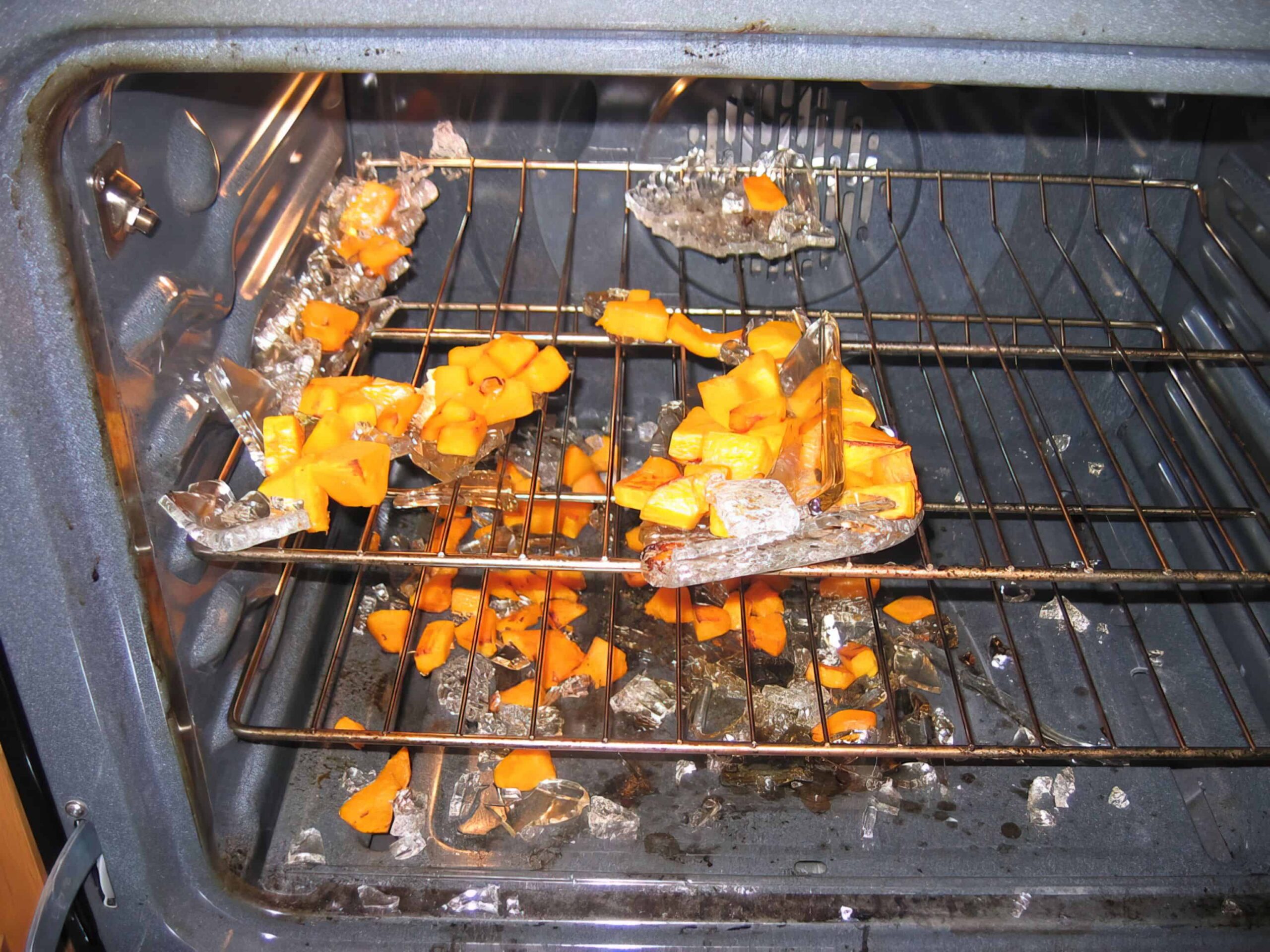So you’re a man, and you suck at cooking. Hey, it’s not your fault. Cooking isn’t easy – it takes time and practice to get good at it. But that doesn’t mean you can’t learn how to cook better meals and be more effective in the kitchen. This article will give you 20 practical tips, tricks, and hacks to help you improve your cooking skills. So read on – your stomach will thank you!
And before you say that I’m generalizing here, yes… I am. But I’m also speaking from experience. When I first started cooking, I was terrible at it. I would make simple mistakes that would ruin my dishes, which was frustrating. But over time, I’ve learned how to cook better meals and save myself time in the kitchen by following the advice on these handy meme-like graphics.
You Suck at Cooking (the book + videos)
I’m completely out of touch with reality and had no idea there’s a YouTube series and book with the same name. If you want some practical, wide-ranging advice on simple cooking for lazy people, pick up the book and watch the videos.
They’re helpful, and you’ll learn a lot more than you will from this silly blog post. But read on if you’re looking for some lighthearted, fun, and easy tips!
How to suck (slightly) less in the kitchen, or at least waste less time
In no particular order, here are a collection of useful kitchen hacks in handy image form. Because, let’s face it, you’re probably not going to read a 2000-word article on cooking tips for men. And even if you are – you’ll still appreciate the helpful pictures. So without further ado, here are 20 tips to help you suck less in the kitchen:
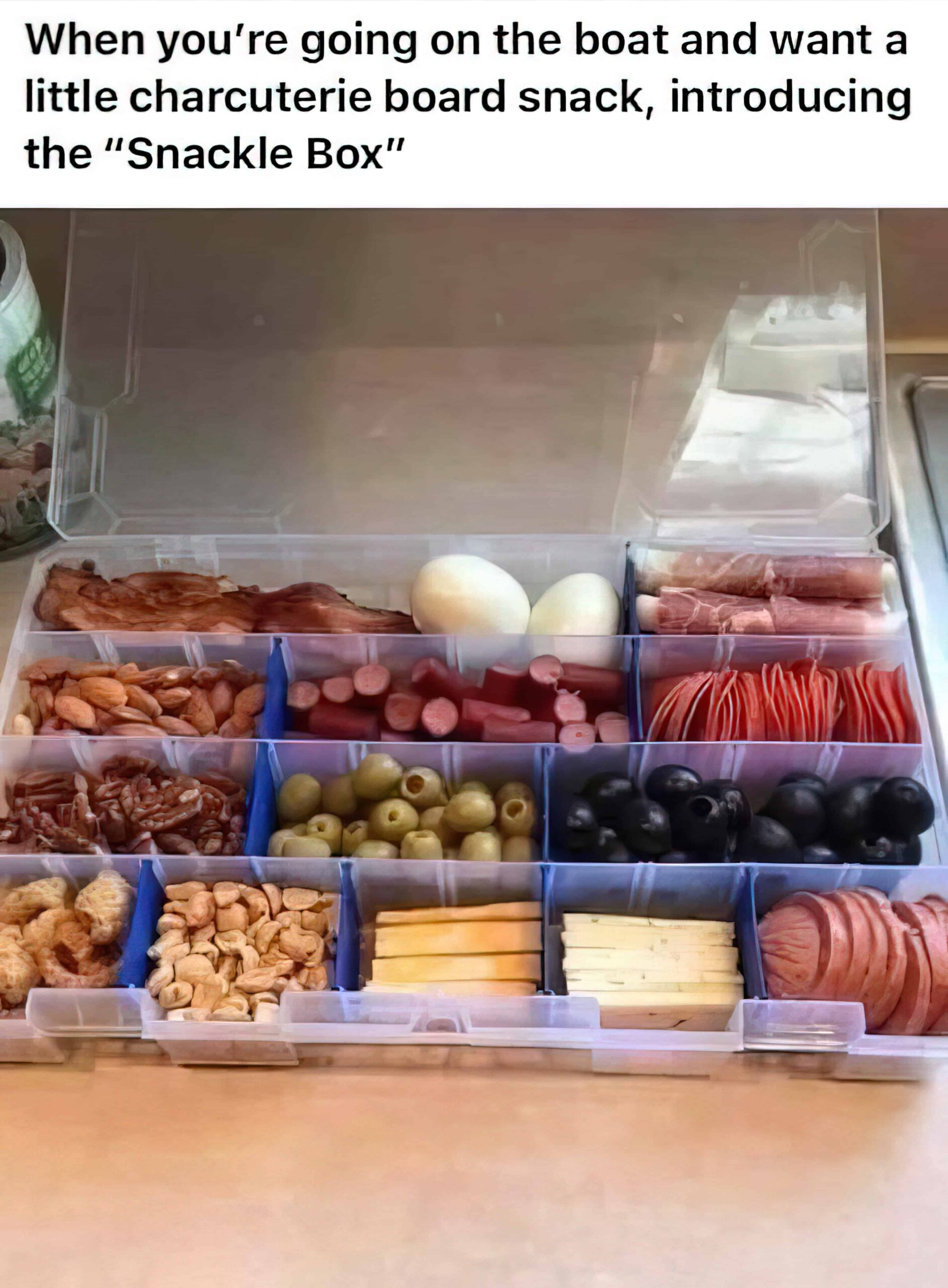
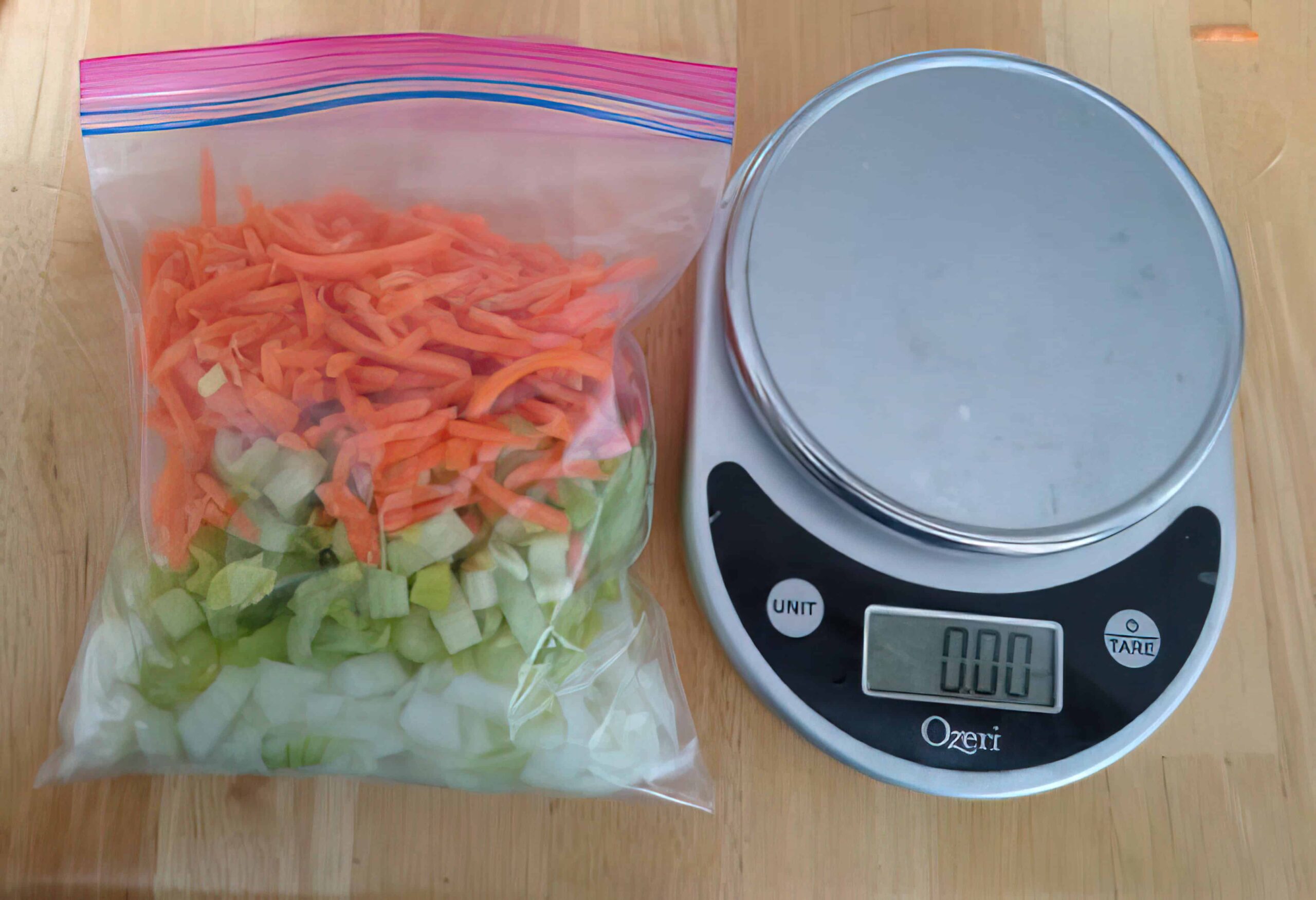
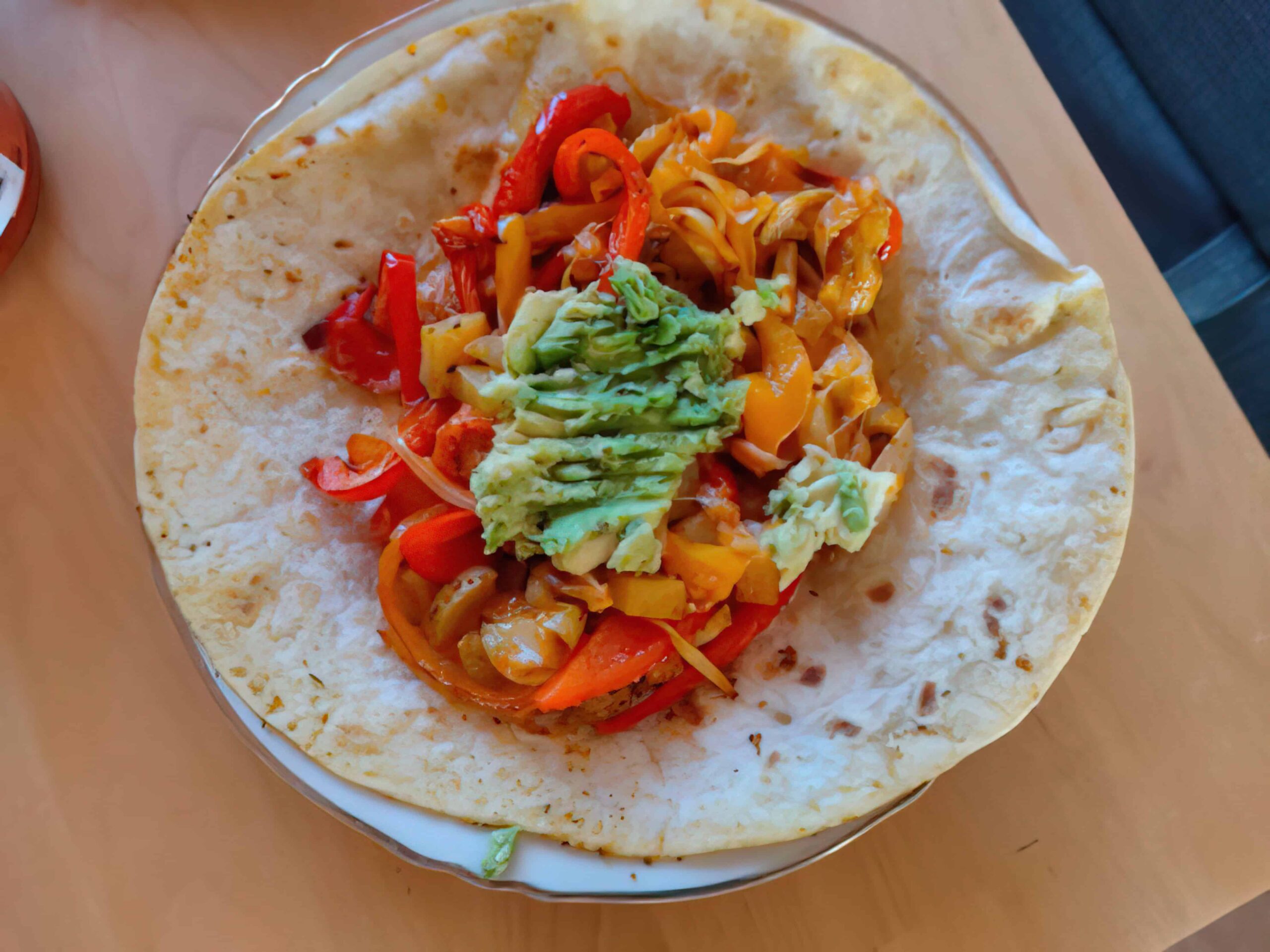
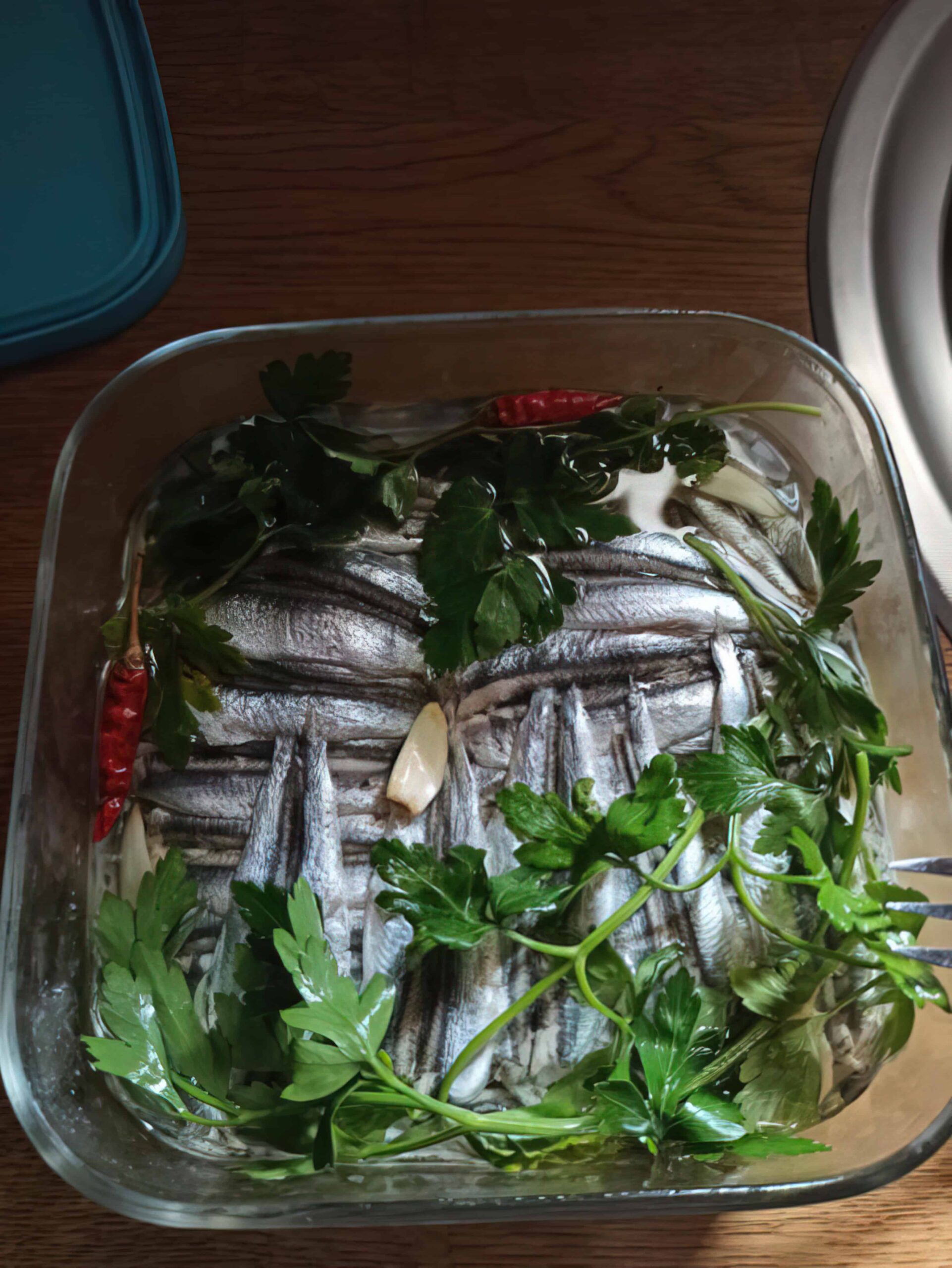
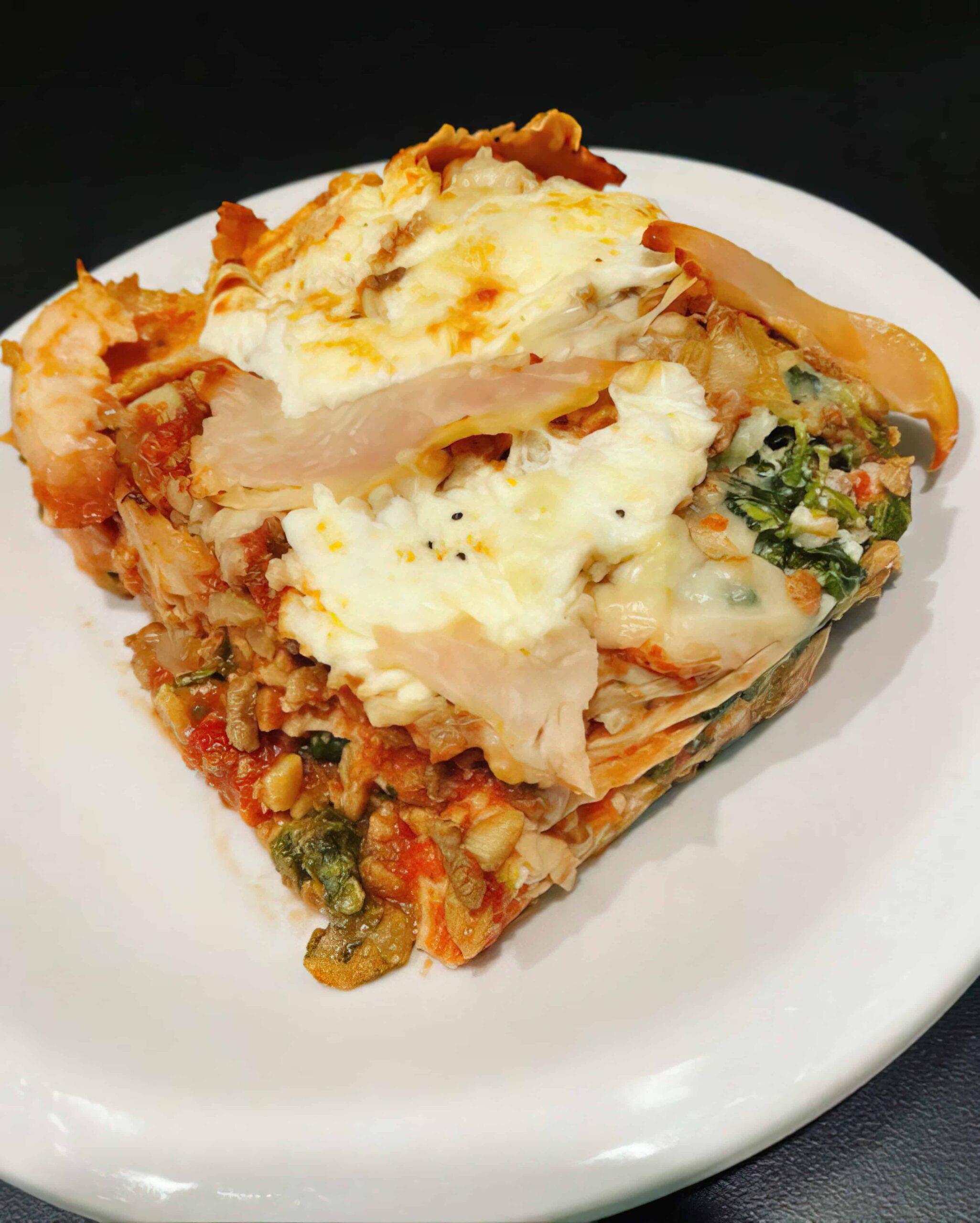
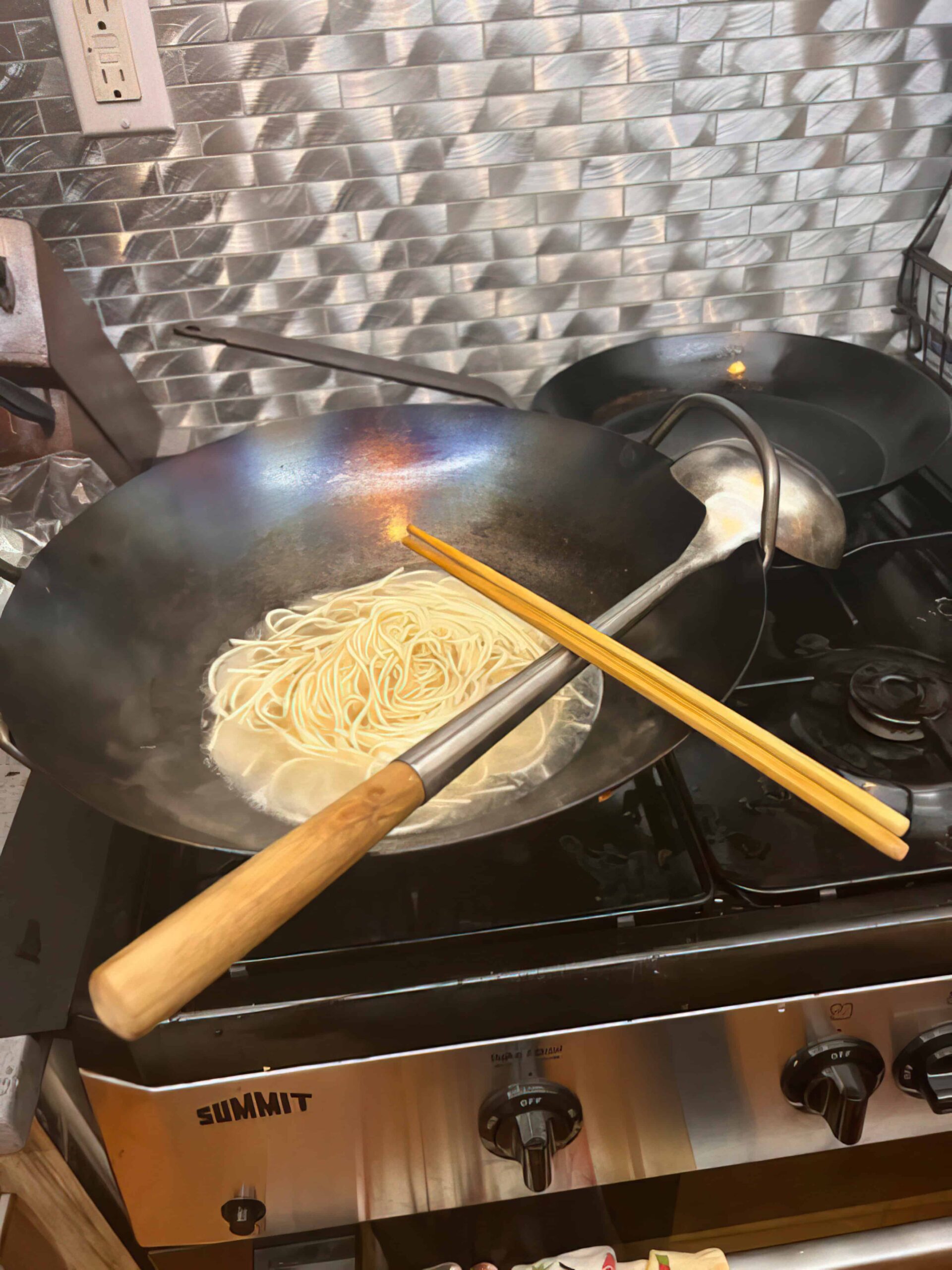
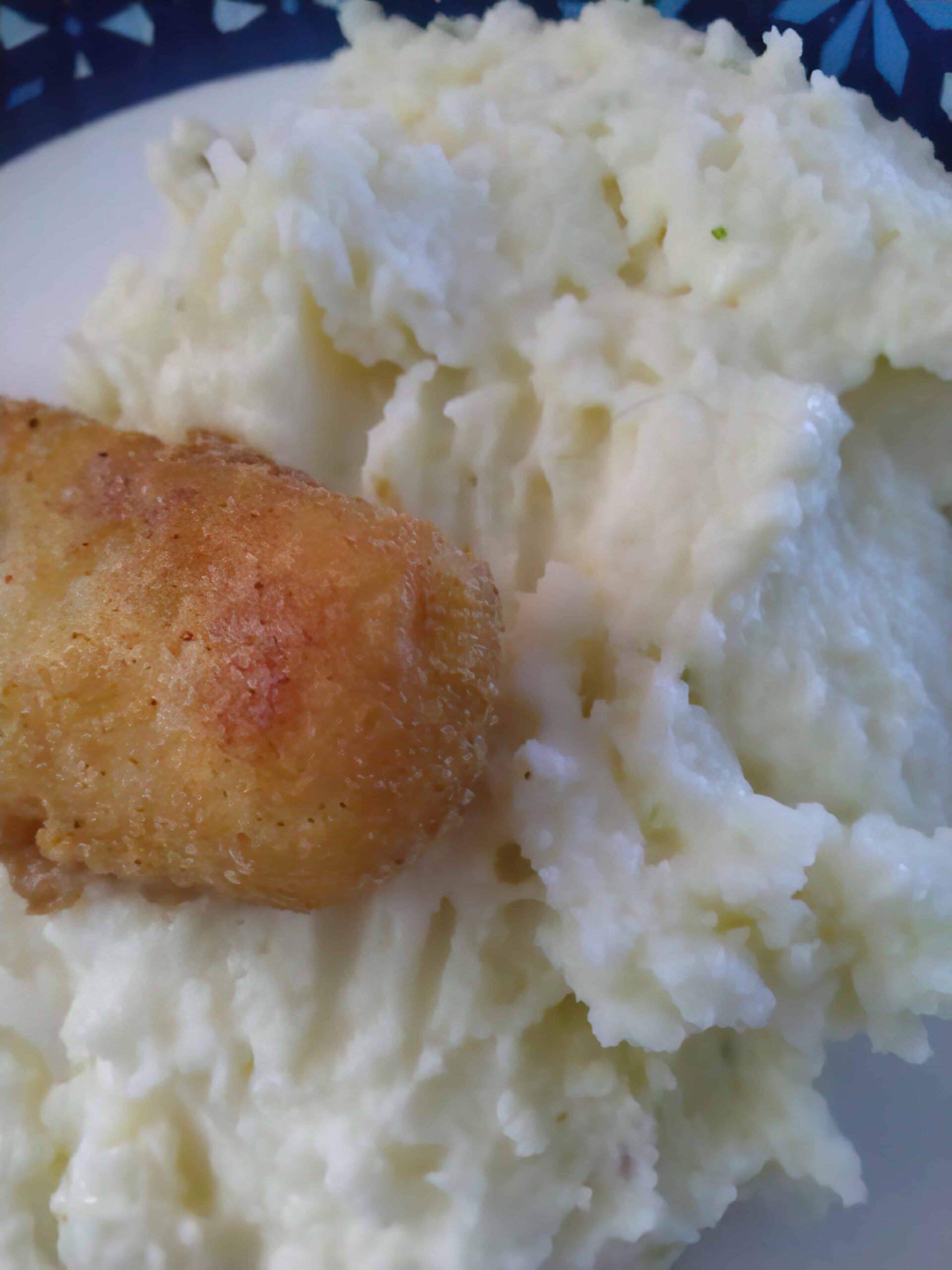
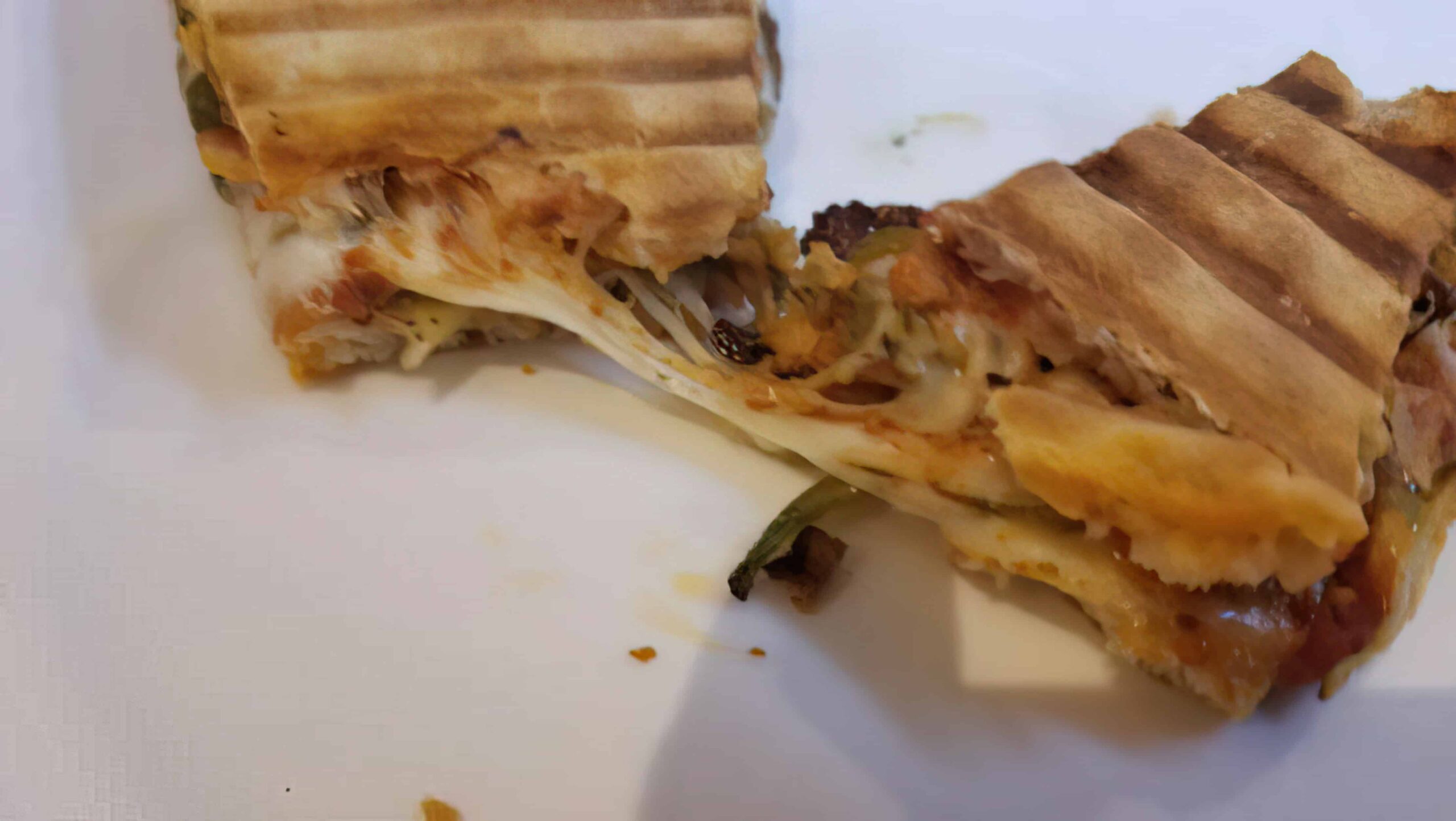

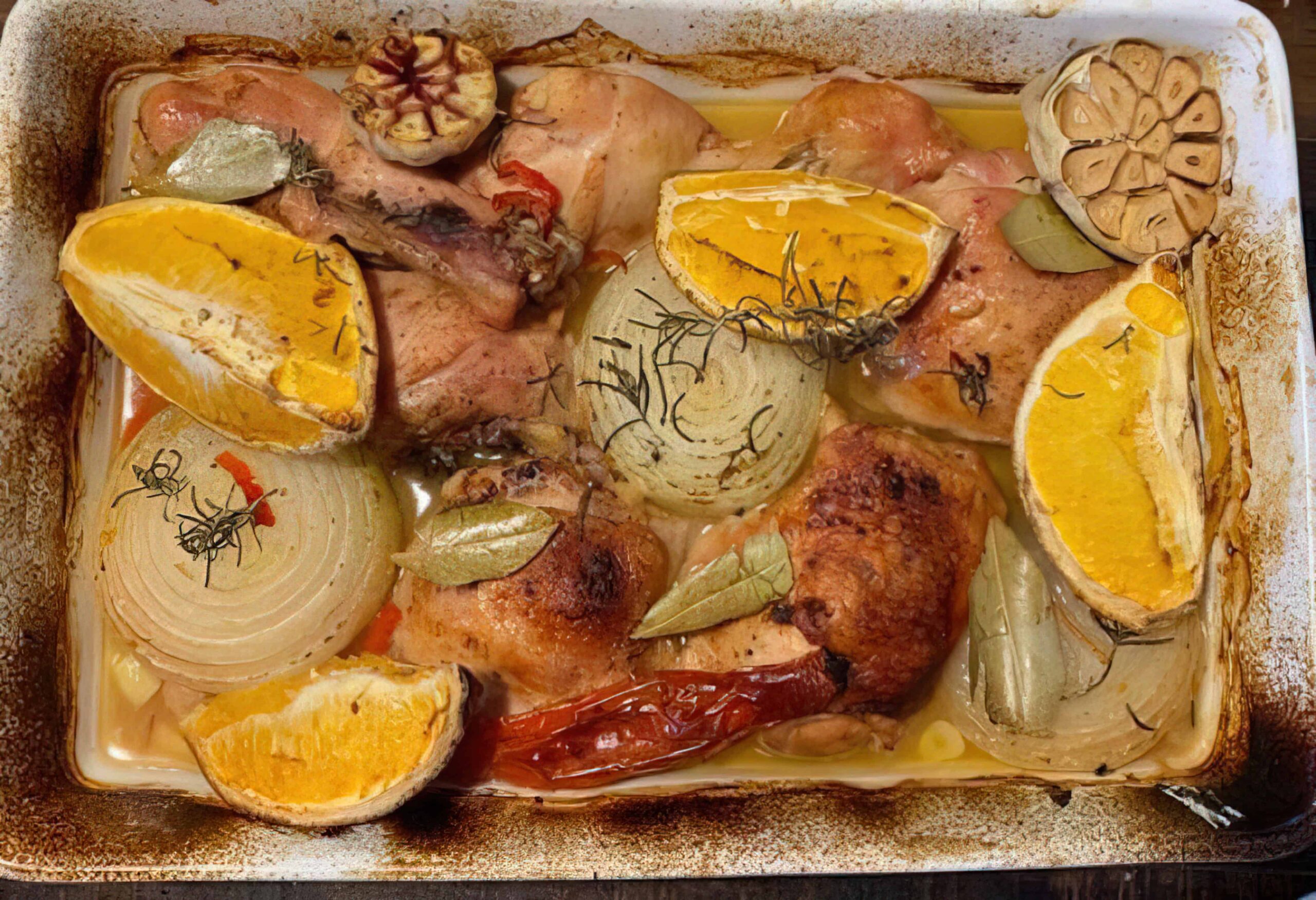
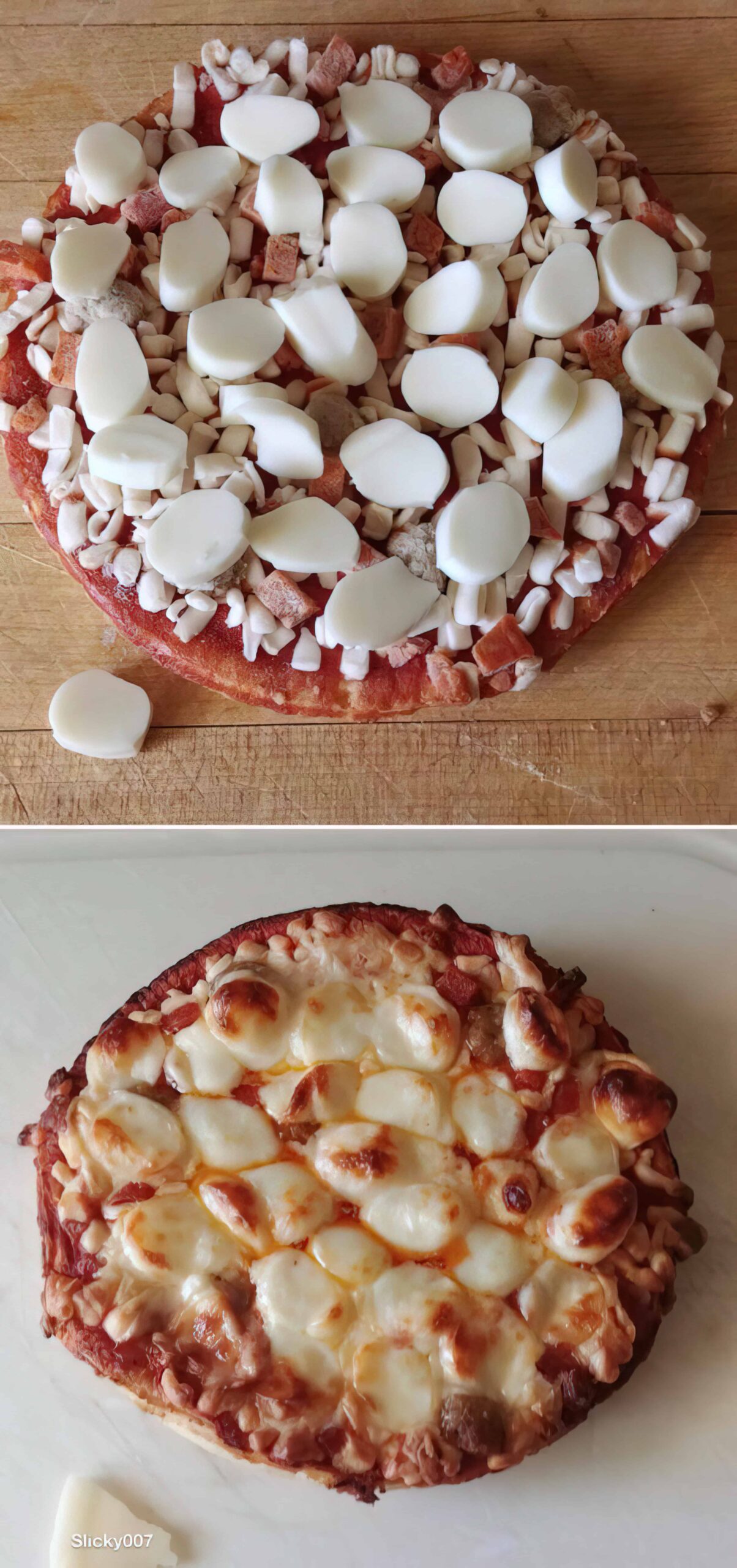
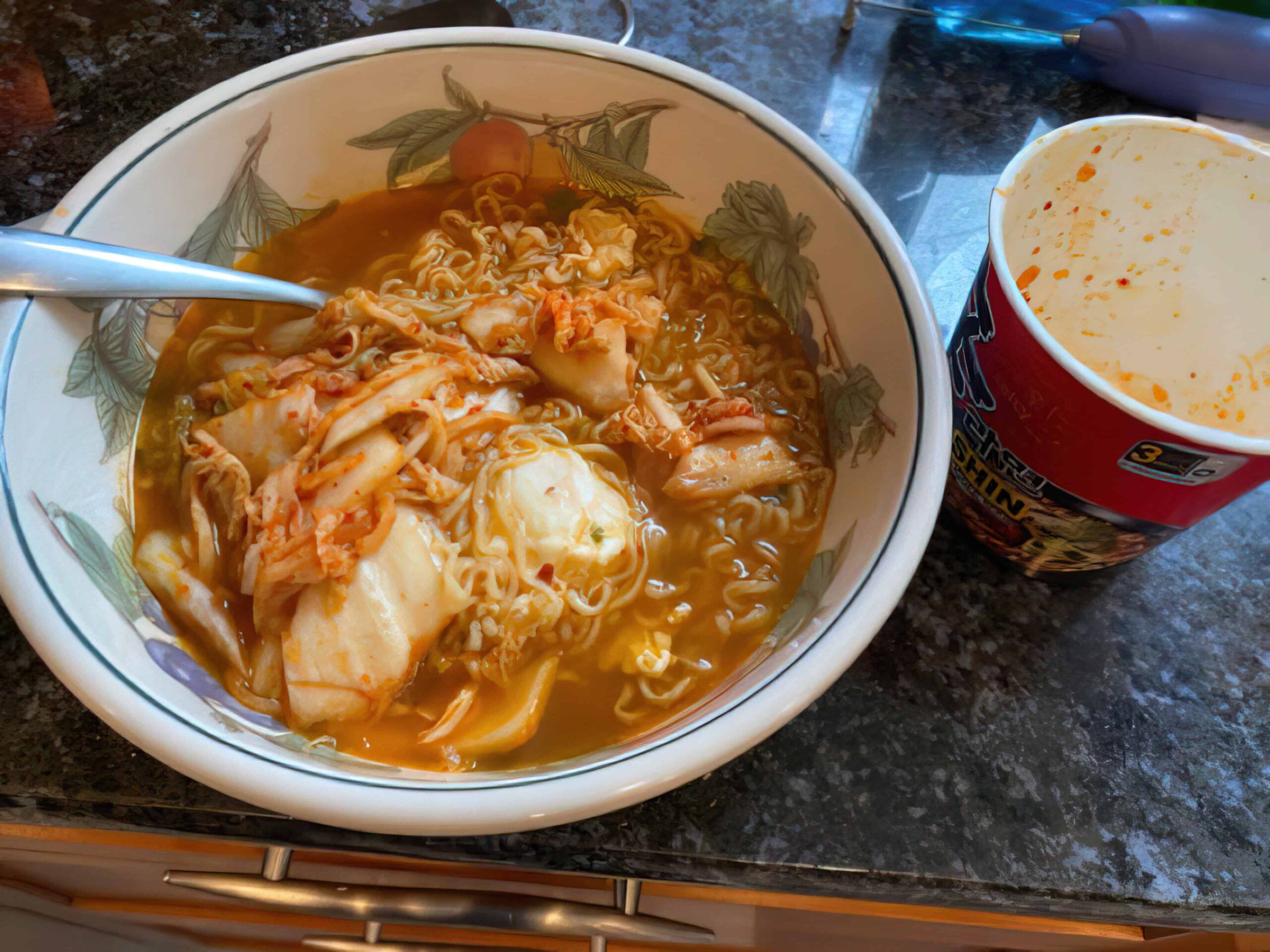
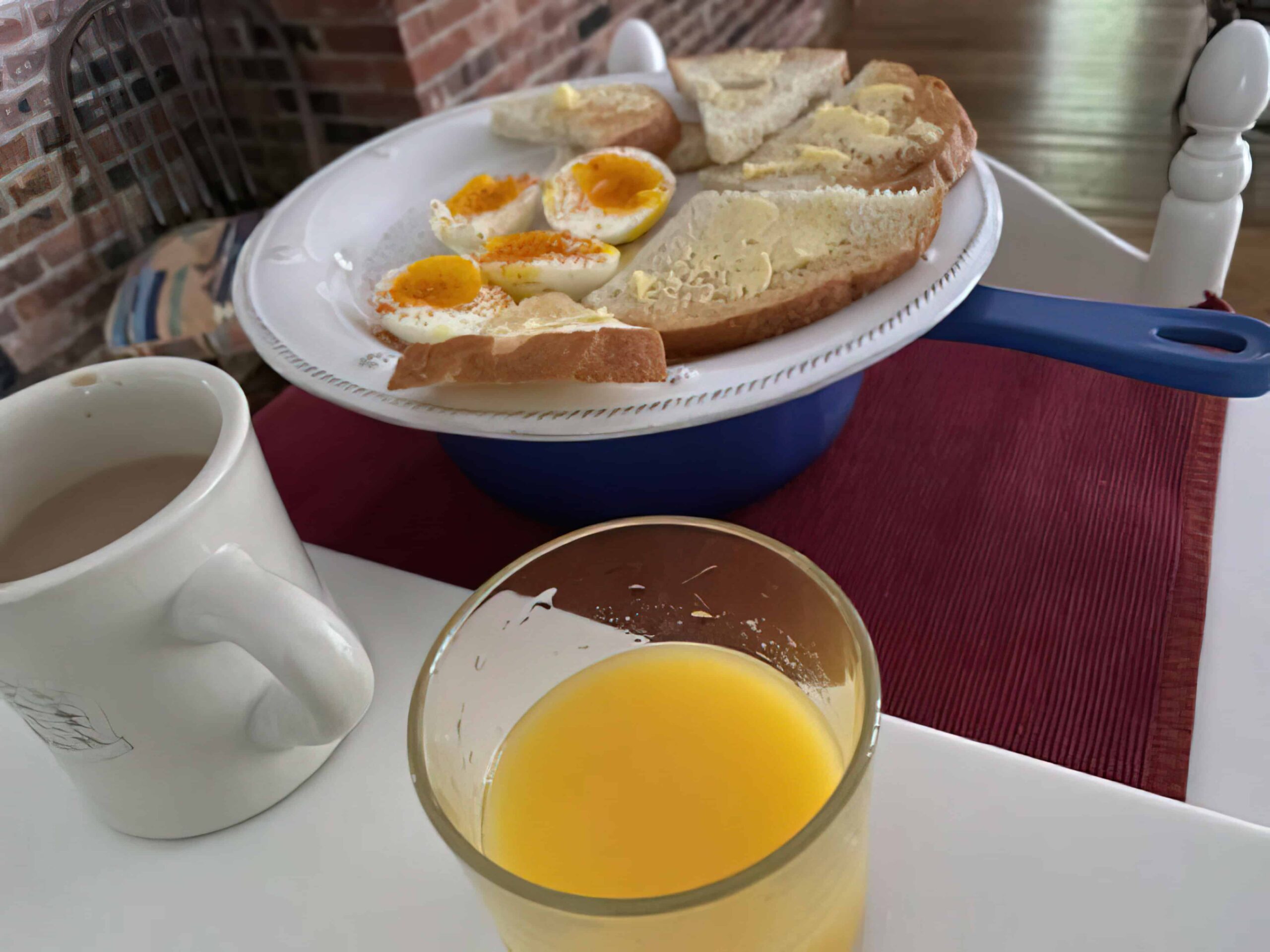
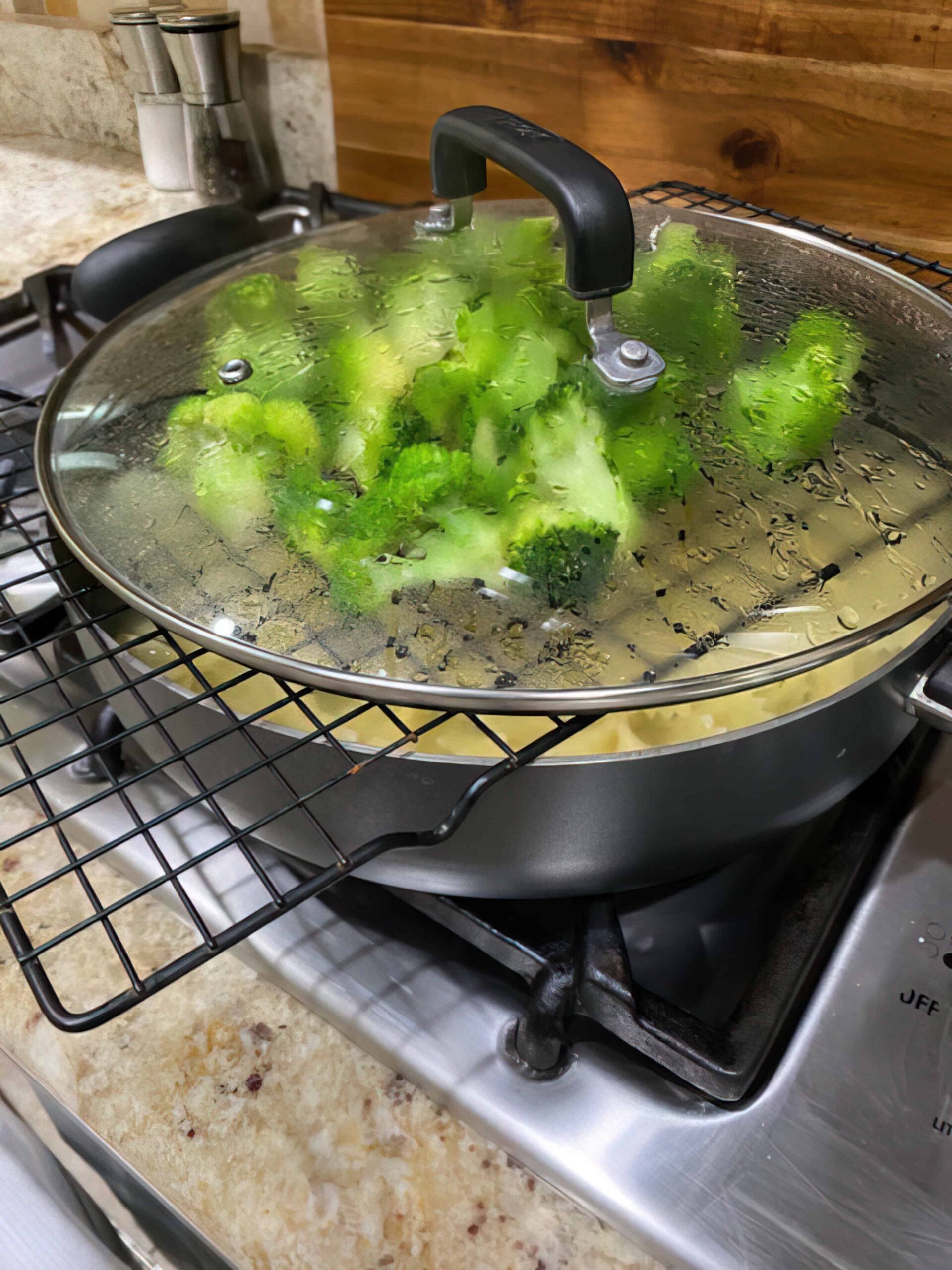
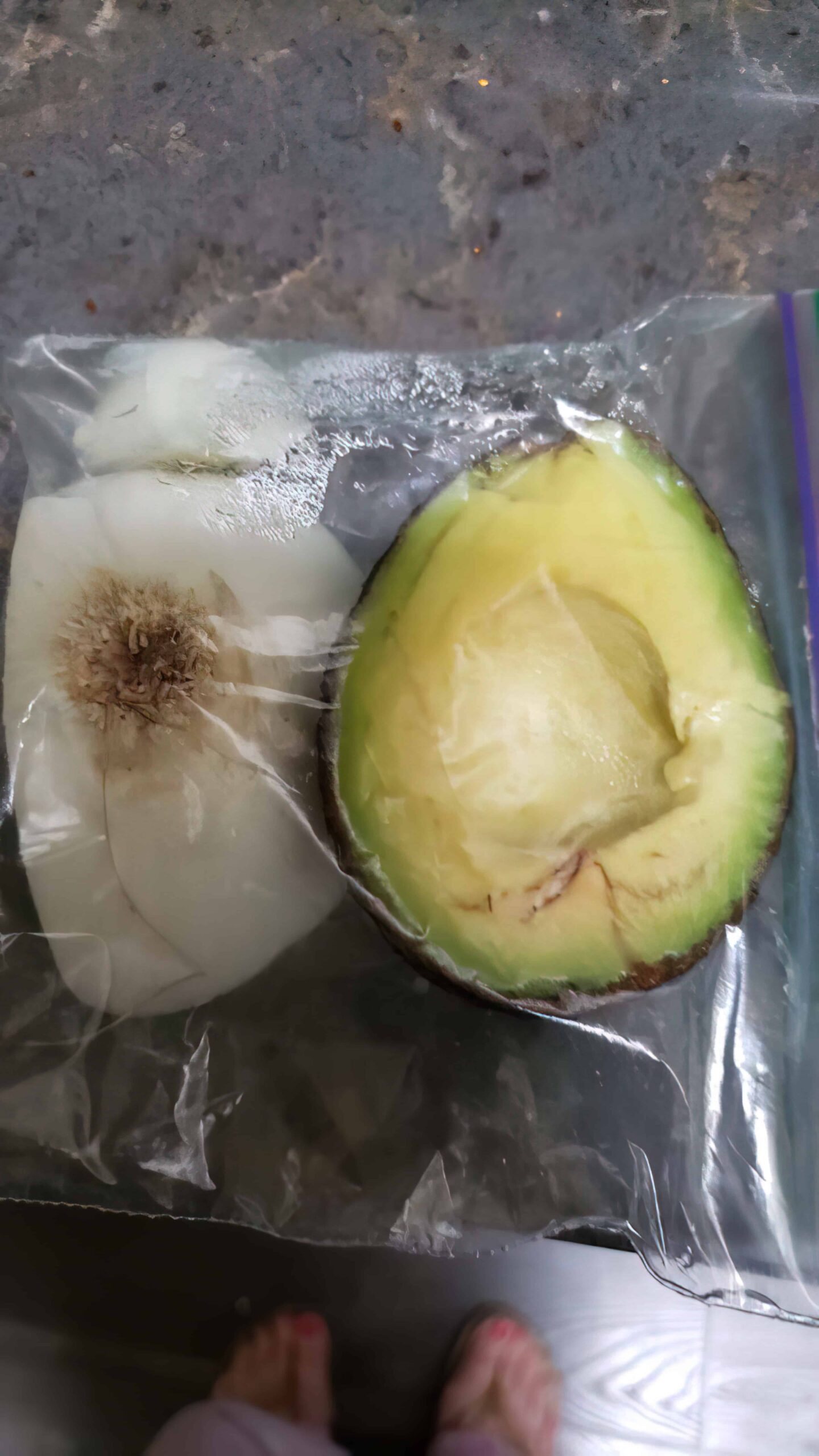
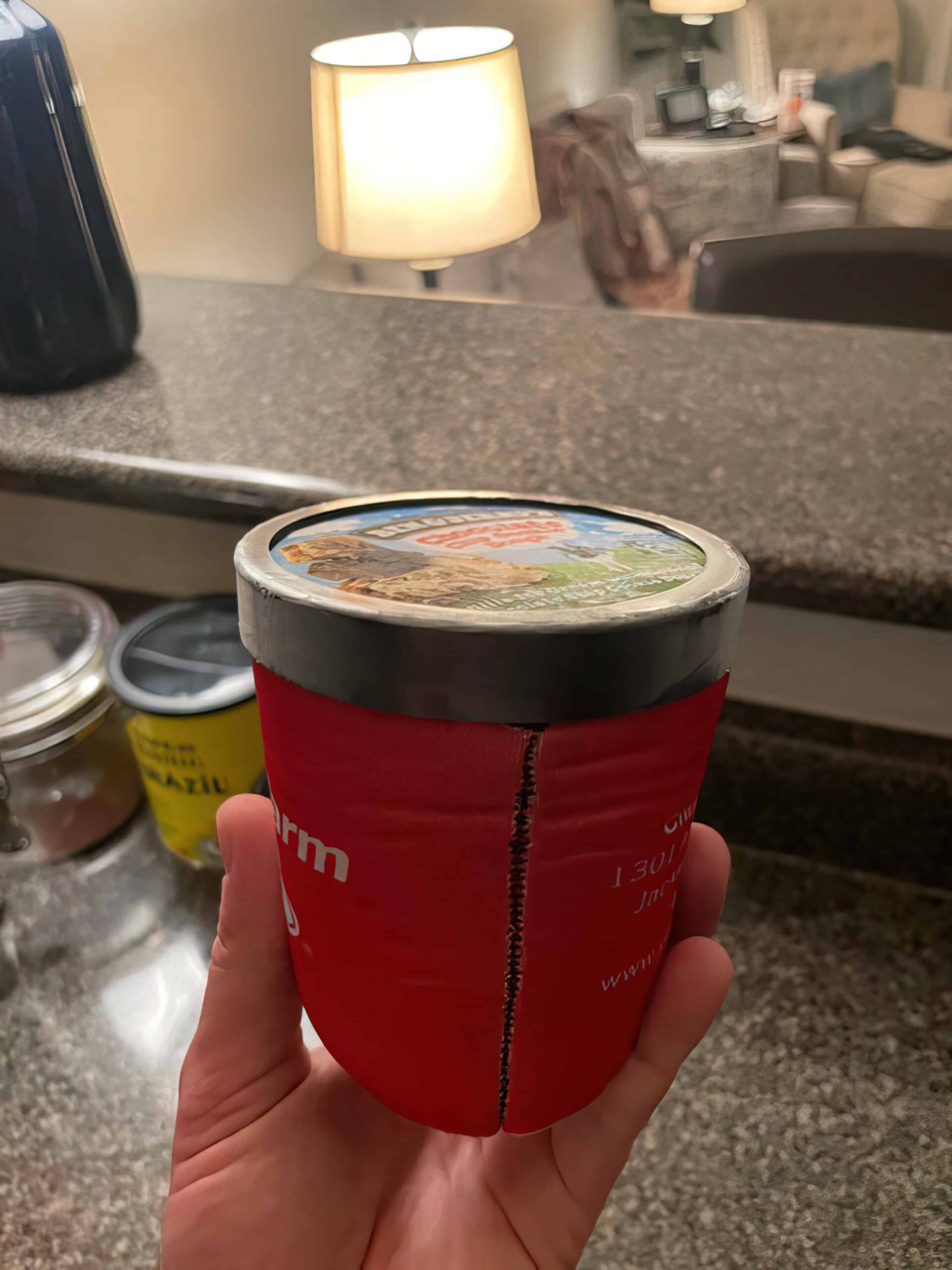

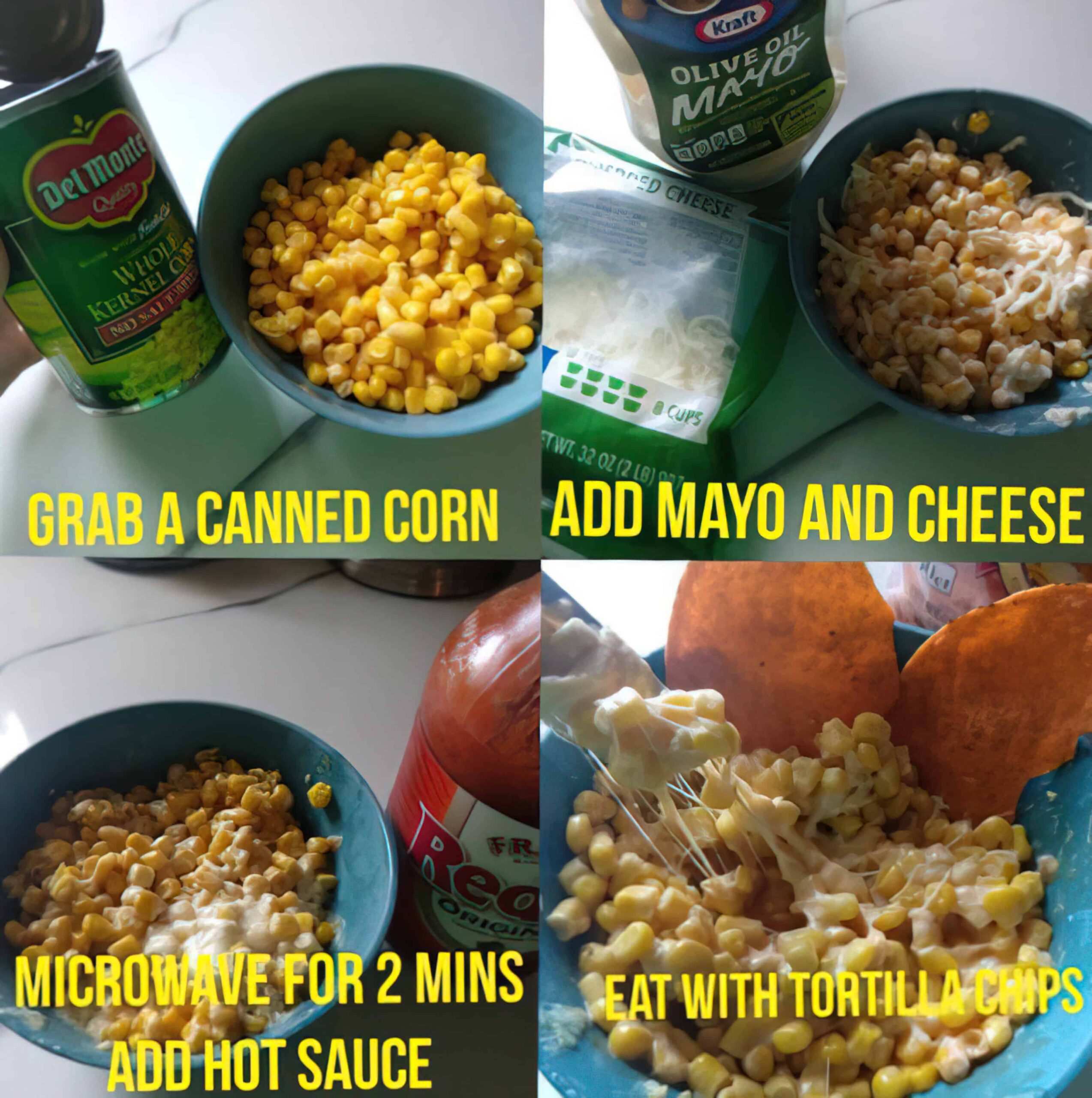
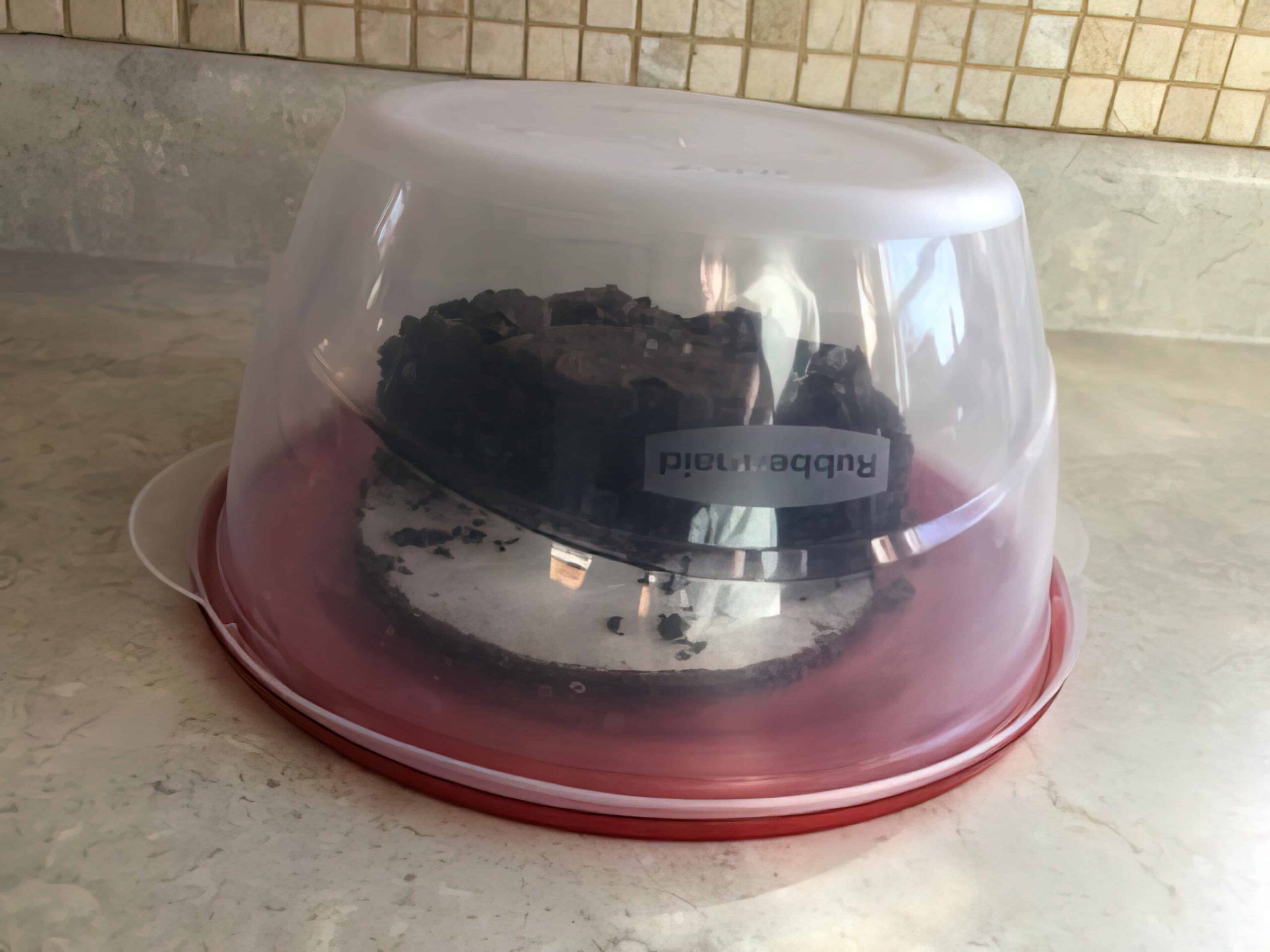
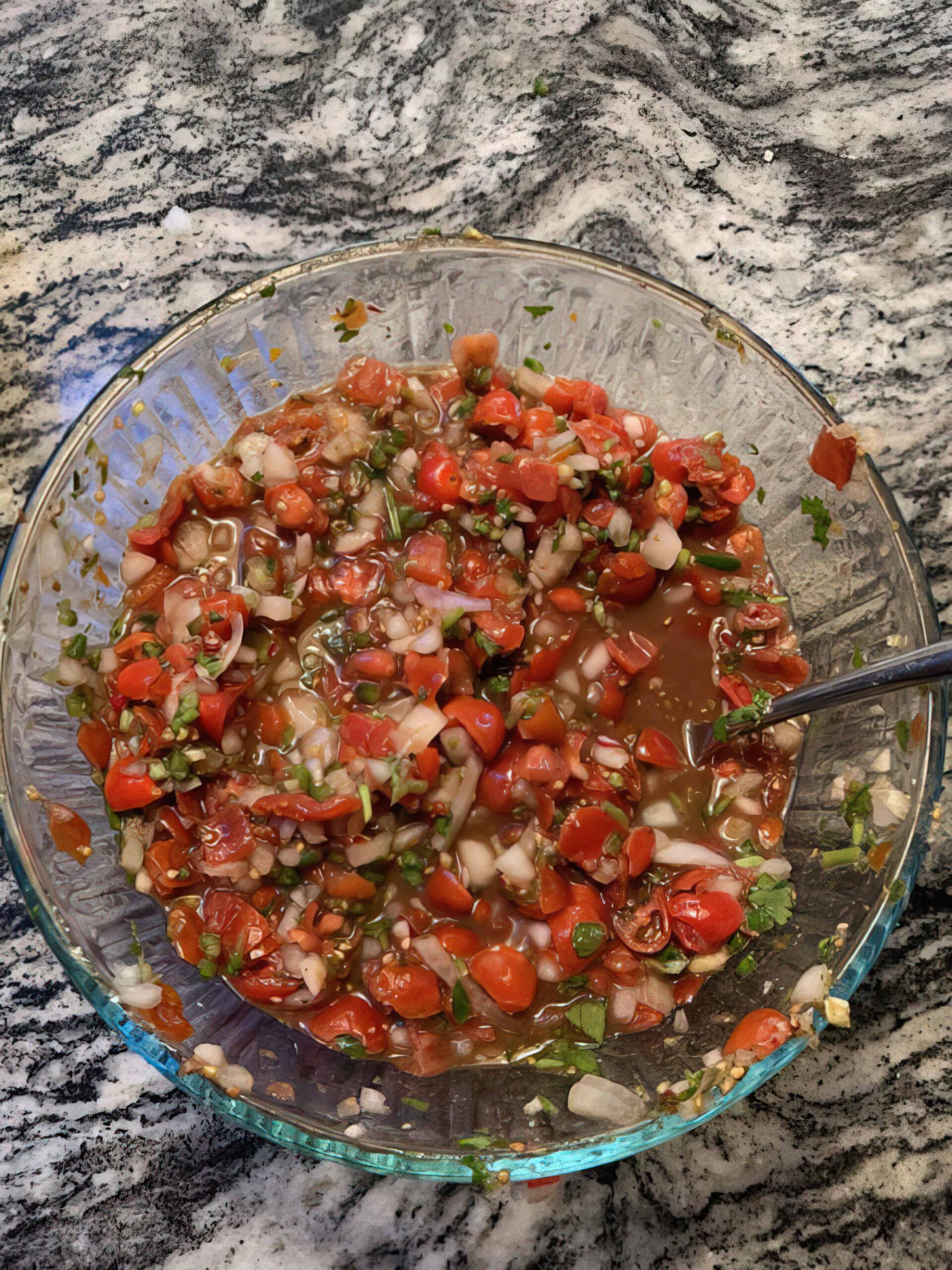
Tips from the community
Inspire them
No one will improve unless they want to; this is why inspiring your male partner or friend by showing them the cooking creations they are capable of is the best way to help them become better cooks. Social media offers a fountain of cooking content creators of all different styles and cuisines. Pick your platform, then send him some videos you’ve been particularly inspired by.
Get him to follow your favorite foodies or find something challenging and ask if he wants to try it together. Not only will these videos get you in the mood for cooking, but they are pretty addictive to watch for fun, as you subconsciously soak in the new knowledge and skills that will come in handy when you move from couch to kitchen.
Suggested by Aysegul Sanford of Foolproof Living.
Flavor first.
A focus on flavor is essential for anyone who wants to improve their cooking. While getting a feel for flavor, it’s best to stick to a recipe. However, as your experience grows, you can start experimenting and tailoring things to your tastes.
One top tip is to taste throughout your cooking. As a dish develops, flavors will change. For instance, heat and spice often increase the longer something cooks, so give it time before adding extra unless you want to turn up the heat. Tasting throughout the process will enable you to make subtle changes and keep your dish balanced.
Don’t skimp on seasoning. Adding plenty of herbs and spices gives depth to a dish and can help build in layers of flavor. Be sure to cook these correctly and add them at the right time. When making a curry, for example, it’s necessary to cook any powdered spices in a bit of oil or water rather than adding them in once the dish has more liquid. This gives the curry a smooth texture and stops it from getting grainy. Small details such as this make a big difference in taste.
Don’t be scared of salt. It’s a great flavor enhancer; as long as health issues don’t prevent you, adding it to food will improve the taste. Adding it a little at a time will stop you from over-salting food, giving it time to blend in and build flavor. Adding a little acid, such as lemon or lime, at the end of a meal is a game changer for taste. It lifts a dish, enhancing flavors and giving it something extra.
Suggested by Alex Mastin, CEO & founder of Home Grounds.
The best way to ensure that your food turns out is to taste it several times.
Don’t put the salt and pepper on at the very end. Thoroughly season anything from the very beginning to the same conclusion. And don’t forget to sample everything multiple times. This is how you make food that leaves people craving more. I’m sure there have been occasions when I’ve been so focused on getting the dish ready that I forgot to taste, only to discover, too late, that I should have added this or that. Whether you’re constantly sampling, you’ll know if certain flavors are missing or dominating, allowing you to make any necessary adjustments. Suppose you want to become a better cook. In that case, this is a crucial step since it will train your taste buds to distinguish subtle nuances in flavors and give you the confidence to forego strict adherence to a recipe in favor of making flavor adjustments on the fly. There may be a recipe that calls for one teaspoon of oregano, but if you give it a try and decide it needs more, or if you think some thyme would be excellent there, too, go for it!
Suggested by Adam Williams, Owner of Tools of Men.
It’s a big world out there.
Look at the world around you.
Try to cook with ingredients from their local grocery store or farmer’s market when possible.
This will help familiarize them with what’s available locally, which can help make their cooking more enjoyable when the time comes to prepare something more complicated.
Try different seasonings and herbs as they come up throughout the year.
This will let them know what other spices are available at different times of the year (or if they have any at all!).
And also, it could be helpful when planning menus or figuring out what dishes need extra care when cooking for guests or family members who might not like everything they have on hand (and vice versa).
Suggested by lifestyle blogger Millie Pham.
Balance the flavors.
Learning to balance the flavors is the ace in the hole of becoming a better chef. People usually make their dishes either too salty or too sweet, and most do not know how to fix them. To master the art of flavor balancing, you must repeatedly practice and taste as you go. Flavors change and develop as you cook a dish. For instance, something might get saltier as moisture evaporates. So it’s important to taste as you cook to know exactly what to add. This way, you will be able to balance your flavors, as you will get to know what to add when a recipe is overwhelmed by one single flavor.
Suggested by Yester Banuchyan, Founder and CEO of Cook on Monday.
The basics are enough.
First, you don’t need to attend a fancy culinary school or even take cooking classes (unless you want to!). The internet contains cooking tutorials for basic tasks like chopping an onion, browning chicken, etc. The best way to learn is to watch more experienced people walk you through it and then try it yourself. The more you practice, the faster and better you’ll get, making you more confident (and preparing a meal will become quicker and more accessible).
Secondly, find some essential recipes and follow them to the letter. I know it’s tempting to add your flair to a dish or substitute ingredients. But to learn, try to follow a recipe exactly as it’s written if it works well; that’s great! You now have a base upon which you can play around, add ingredients, etc. If it doesn’t work well, you can investigate why – if the chicken didn’t get very brown, was the pan hot enough? Was the stove set to medium-high? You’ll better understand how your ingredients, equipment, and appliances work the more you use them.
Suggested by Don Baiocchi, Paleo Gluten Free Guy.
Learn how it’s made.
Making everything from scratch is the key to becoming a great cook. Now I don’t mean you have to make everything from scratch; if you want a pizza, you don’t have to make the dough, but knowing how it is made will give you a good understanding of how to use it.
For example, if you are making tomato sauce for your pizza from a jar, knowing how the sauce is made will help you if you feel the sauce isn’t good enough. If the sauce seems thin, you’ll learn to add a little flour to thicken it.
Suggested by Ben Warren, Stress Reliever Club.
Understand the Elements of Flavor.
The best thing you can do to improve your cooking ability is to build up your theoretical and practical knowledge of the flavors you have to combine to construct a tasty dish. It sounds imposing – but I promise it isn’t. In all of the things you cook, you should look for elements that are sweet, salty, bitter, sour, and umami (which is a savory flavor) – and then learn to balance them. Balancing flavors is intensely personal, but if you think something tastes a little off, try adding the element it is missing. I often find myself adding sourness into my foods – though acidic compounds like vinegar and lemon.
Suggested by Beth, Content & Press Director of Own The Grill.
Get Comprehensive.
I have a couple of suggestions for men who are trying to become better cooks:
- Pick a comprehensive cookbook like The Joy of Cooking by Irma Rombauer or How to Cook Everything by Mark Bittman and challenge yourself to cook at least one to two new recipes from it every week. Whether it’s a mornay sauce or a Caesar salad, learning to make classic recipes will give you the building blocks to become a more well-rounded cook and begin improvising in the kitchen.
- Take cooking classes online. Masterclass, America’s Test Kitchen, and Bluprint all offer affordable courses from the comfort of your home. Learn to make anything you can imagine, from sauces and Latin American street food to artisan bread and French pastries. When your friend asks where you learned to make that rack of lamb, you can say that Gordon Ramsey taught you.
Suggested by Sandi Haustein, Founder of The Welcoming Table.
Know when the meat is done.
One of the best ways to improve your cooking skills is knowing when your meat is done and not under or overcooking it.
Seasoned BBQ pitmasters often say vague things like, “you know when it’s done when the skin starts to get crispy, but not too brown.” But it’s not easy to always tell – it’s science. An instant-read thermometer (the one you periodically insert into the meat to get a quick read) is the best way to make perfectly cooked pulled pork, roasted beef, grilled chicken, brisket, roast, turkey, fish, and other meat. The recipe you’re working with should tell you the ideal temperature because it depends on what you’re cooking. The minimum temp for food safety when cooking with raw beef, pork, lamb, and roasts is 145°F, 160°F for ground beef/pork/lamb/veal, and 165°F for poultry.
For an accurate read, stick the thermometer in the thickest part of the cut. When it gets close to the ideal number, pull it from the heat source (don’t cut it) and let it rise naturally to the perfect temp. Letting your meat rest is a great way to score a juicy, tasty meal. Eager chefs often ignore this, but if you cut into it too early, the juices run, and it’ll get dry, chewy, and rough. 5-10 resting minutes can make all the difference for a small piece of meat. For more significant cuts, 10-20 minutes, and for beef over 10 pounds, 30-45+ minutes.
Another way to ramp up your cooking is to use fresh, high-quality spices. Did you know that many store spices are 1-2+ years old by the time they hit store shelves? Old herbs = less flavor, preservatives, and weird chemicals/food coloring to fake freshness.
This happens because many big spice brands buy in bulk from all over the world. They must wait for their sea freight storage containers to get full before shipping them to their facilities. This means freshly harvested/processed spices often sit for many months before they get to the bottling plant. Once they arrive, they sit in enormous warehouses and wait to get bottled, then eventually get shipped to store warehouses, which also often buy in bulk, meaning they have to wait (again) for their turn to make it to the store shelf.
Your trick to fresher, bolder flavor in your meals is finding a high-quality, organic spice shop that directly sources spices in small batches from farmers. One smell (and a read of the ingredients) is all you need to tell the big difference great herbs can make.
Suggested by Meaghan Thomas, Owner and Founder of Pinch Spice Market.
It’s all about umami.
The term ‘umami’ is a must-know for all cooks. For those unaware, ‘umami’ is the fifth taste. There are tastes like sweet, sour, salty, and bitter, and there’s umami. A Japanese scientist coined the term. It has only been officially recognized as the most magical flavor in the 1980s. Many translate it as “pleasantly savory,” The most challenging thing is to describe what umami tastes like.
For a better explanation, can you use words to describe what “salty” taste like? Exactly! Salt tastes, well, salty. Umami, on the other hand, tastes simply fantastic. It makes your savory dishes moreish, adding ephemeral complexity to all involved flavors.
The tricky part is there’s no specialty store where you can go and buy some umami for your Sunday roast. A new cook can achieve the magical fifth flavor by using the so-called ‘umami agents’ when cooking. Fish, oyster sauce, cured meats, anchovies, and kimchi, are the perfect agents.
Suggested by Vicky Cano, Chef and recipe blogger at Mealfan.
Taste it all!
The best tip I can suggest for becoming a better cook is tasting absolutely everything you make, as you are in the process of making it (apart from foods that can’t be eaten raw). By trying out your flavors as you go, you will eventually learn which spices work with which vegetables, how much garlic you should add to certain dishes, etc.
Making food can be a lot of trial and error, especially when you are first starting, so tasting how each meal is coming along can give you the reassurance that you are creating the flavors you want – as well as teaching you how to flavor food in general.
Suggested by Jenna Moran, Founder, CEO, and Creative Director of Whimsy and Spice.
Phone apps to the rescue.
Get a meal-prep app. This was a lifesaver for me. I wasted so much time figuring out what to make, and then I would get halfway through a recipe, only to realize that I was missing two ingredients I thought I had because I didn’t prepare well. I use Mealime (the free version), which helps me get exactly the amount of groceries I need to make multiple recipes per week.
The minute I walk into the kitchen, I know exactly which ingredients I need, and I’m sure everything is there so I can get started immediately. It has made cooking much faster and less stressful for me.
Suggested by Tim White, CEO, and Founder of MilePro.
No dull knives.
A dull knife is a potential ER visit waiting to happen right before mealtime, and no one wants to get stitches on an empty stomach. A common mistake people make is compensating with more force, pressure, and awkward cuts to overcompensate for dull knives, leading to an accident requiring stitches. By contrast, sharp knives save time by reducing the time needed for each cutting stroke and are significantly safer as you can be more precise without extra force on every stroke.
As a chef who requires very sharp knives, I highly recommend the Chef’s Choice Pronto Pro, which produces a perfect edge for most Asian, American, and European-style knives. Unlike other knife sharpeners, the Pronto Pro uses diamond abrasive disks at an ideal angle and a polisher to produce the perfect burr-free edge. A simple sharpening session once a month takes about 45 seconds per knife and creates an excellent result every time. The only time it takes longer than 45 seconds is when a deeper gouge in the blade requires more time.
For most basic kitchen knives, sharpening can fall into two main categories that depend on the type and style of the individual knife. Japanese knives should generally be sharpened to a 15-degree angle, while European and American-style knives are typically sharpened to a 20-degree angle.
My current main set of knives is about eight years old, and they look, feel, and slice like they are brand new as I take care of them and sharpen them monthly.
Suggested by Jessica Randhawa, Owner & Head Chef of The Forked Spoon.
Ask your mother for her secrets.
The best male cooks are those who learned under the stewardship of their mothers. Women have a way of finding creative alternatives when ingredients are short. Not to mention their skill at replicating traditional dishes almost exactly every time. They are the best teachers of untold kitchen hacks.
Suggested by Brian Nagele, CEO of Restaurant Clicks.
Wrapping Up
So there are 20 tips to help you suck less in the kitchen. By following this advice, you’ll be able to cook better meals and save time in the kitchen. And who knows – maybe you’ll even enjoy cooking! Thanks for reading.
Do you have any other tips or hacks to share? Let us know in the comments below! And if you found this article helpful, please share it with your friends. Cooking is a skill that everyone should learn, and we need all the help we can get!
